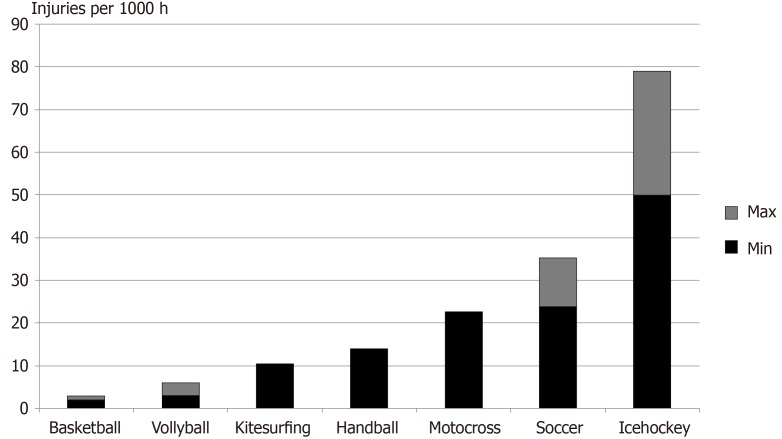Original article posted on South Melbourne Physio Website at https://www.smpc.com.au/myth-busting-kitesurfing-injuries/

Hi, my name is Hayato. I am a physiotherapist, a passionate kitesurfer, and a kitesurfing instructor, and I thought I would bust some myths around the perception of how “dangerous” kitesurfing really is and talk about its most common injuries.
A bit of background
The popularity of kitesurfing began around 1997 when inflatable kites were introduced by the Legaignoux brothers in France and specialized kiteboards were developed in Maui around the same time. While the initial conception was plausible, initial equipment lacked safety systems and the sport was quite dangerous. In late 2005, bars and kites have much improved safety systems that allow the kite to de-power, and detach from the rider in case of an emergency. Generally, kite gear sold after 2014 is recommended for safety reasons.

Myth #1: Kitesurfing Injury rates must be very high.
A recent study in 2020 involving 194 participants and recorded total of 16,816 hours of kitesurfing during a season, a total of 177 injuries were recorded which results in 10.5 injuries per 1000h of kitesurfing. 86% of these injuries were mild where the riders were able to return to sport within one week and medical help was only sought in 14% of the injuries.
The graph below compares the injury rate in different sports.

As seen in the graph, the injury rates of kitesurfing are not disproportionately high compared to other sports! Most injuries were sustained in shallow water and all fractures were either sustained in shallow water or on the shore. Half of all injuries were sustained attempting a jump or a trick.
Myth #2: Beginners hurt themselves the most.
Most injuries were found amongst kitesurfers with 3-5 years of experience, but this was also the largest group of participants that reported the most hours of kitesurfing in the study period. A trend was observed for a decreasing injury rate with an increasing level of experience.

Myth #3: Lots of broken bones.
The most common injuries were cuts and abrasions (25.4%), followed by contusions (19.8%), joint sprains (17.5%) and muscle sprains (10.2%). There were only 7 (4.0%) fractures reported, including foot, spine, ankle and wrist fractures. All were treated nonoperatively. The foot and ankle were the most common sites of injury (31.8%), followed by the knee (14.1%) and hand and wrist (10.2%).
Conclusion
All in all, kitesurfing is just like any other sport with some risk of injury but nothing extreme (unless you’re a professional and doing extreme tricks and jumps of course).

References: van Bergen, C. J., Weber, R. I., Kraal, T., Kerkhoffs, G. M., & Haverkamp, D. (2020). Kitesurf injury trauma evaluation study: A prospective cohort study evaluating kitesurf injuries. World journal of orthopedics, 11(4), 243–251.

